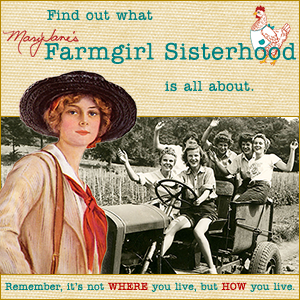New Year’s Eve … a time to ring in hopes for a prosperous and happy year to come. Last year, I shared a fun post about the tradition of dropping things on New Year’s Eve (think Times Square, then add pickles). This year, I thought you might like to hear some fun facts about last night/first night festivities.
Did you know …
• Julius Caesar declared Jan. 1 an official holiday more than 2,000 years ago. Before that, the start of the New Year didn’t happen until the first new moon following the vernal equinox (in late March), and later, on March 1.
• Americans alone consume 360 million glasses of champagne on New Year’s Eve.

photo by Niels Noordhoek via Wikimedia Commons
• And here’s an odd one … more cars are stolen on New Year’s Day than on any other holiday. (Does the previous night’s reveling make people forget to lock up? Or maybe the thieves merely need to get to the big games?)
• In Japan, Buddhist temples across the country ring bells and gongs 108 times at midnight on New Year’s Eve to symbolize the 108 human behaviors Buddhists consider weaknesses. They believe the bells repent for the bad behavior of the year before.

photo at the Abhayagiri Buddhist Monastery by Michelle via Wikimedia Commons
• In many South American countries, revelers wear colored undergarments beneath their finery: red for love; yellow for prosperity.
• In ancient Persia, people gave gifts of eggs on New Year’s Day to symbolize new beginnings and productiveness.
• Many traditional New Year’s Day meals are thought to bring good luck and prosperity throughout the year; auspicious ingredients include grapes, greens, fish, pork, legumes, and cakes. What are your lucky New Year’s dishes?

vintage new year’s wishes via Wikimedia Commons




























































 On the fourth day of Christmas, a farmgirl sent to me:
On the fourth day of Christmas, a farmgirl sent to me: On the fifth day of Christmas, a farmgirl sent to me:
On the fifth day of Christmas, a farmgirl sent to me:































Here in the deep South, New Year’s Day is supposed to include black-eyed peas, greens, cornbread and some form of pork for good luck. All this week, the grocery stores have black eyed peas, cornbread mixes, and lots of greens displayed when you first walk in the door. Currently, my daughter has a garden with the best collards, kale and turnip greens growing. She brought me a huge bag so I know that is one item on the menu tomorrow!
Happy New Year, MaryJane! I can’t wait to see what comes from your creative mind this next year. Whatever it is, I know I am going to enjoy.
We a always have pork and sauerkraut to bring luck for the new year.
My southern family also celebrated with black-eyed peas and cornbread. My grandmother always saved out a few uncooked beans to carry in her purse for good luck in the coming year. I think of her always at this time of the year 🙂
Good Morning, My wife subscribes and enjoys your magazine very much. This morning, she did spot this website in your latest publication and was particularly interested in your advertised Gluten Free upcoming recipes. I did go to the webpage to check it out, however I can’t quite guarantee her that I will do so every day, so, I was wondering if possible, you could give me a heads-up by e-mail when there will be some Gluten Free recipes coming up she was diagnosed some time ago with Celiac and has to be very careful with her diet. Thank you very much.
Bob
Hi Bob, if you come here only sporadically, type gluten free in the search function and you’ll get all of our gluten free recipes in order of their publication: http://www.raisingjane.org/journal/?s=gluten+free
Im originally southern and New Year’s is all about Hoppin’ John, a mixture of greens ( collards are preferred but i use swiss chard which is still in my garden ), rice, smoked louisiana style ( andouille ) sausage or ham hocks, and various other ingredients like onions, hot sauce, peppers, etc.
-Also you need to eat ” coins” like sliced carrots cut in rounds.
– and yes cornbread and lots of it. I could live on cornbread honestly. Made in those cast iron pans that make little ” ears of corn” shapes.
-And my German/Austrian background says you need to make pigs out of marzipan ( almond paste) with a tiny coin in their mouth. They can be bought in European import stores but making them is so much more fun. (Even though mine always look rather silly.)
HAPPY NEW YEAR MARYJANE!
My hoppin’ John is in the oven now- I made cornbread for breakfast. Slept thru’ midnight last night so I will drink the champagne tonight. Crystal champagne flutes in freezer for readiness.
Here’s to a wonderful new year to come to all my fellow farmgirls!
So interesting to hear about the southern tradition of hoppin John. I’ve had it and it’s delicious. I don’t think northerners have much New Year’s Day tradition. We always made home-made ice cream on New Year’s Eve. We cut the ice from a nearby lake. That ice cream is yummy.